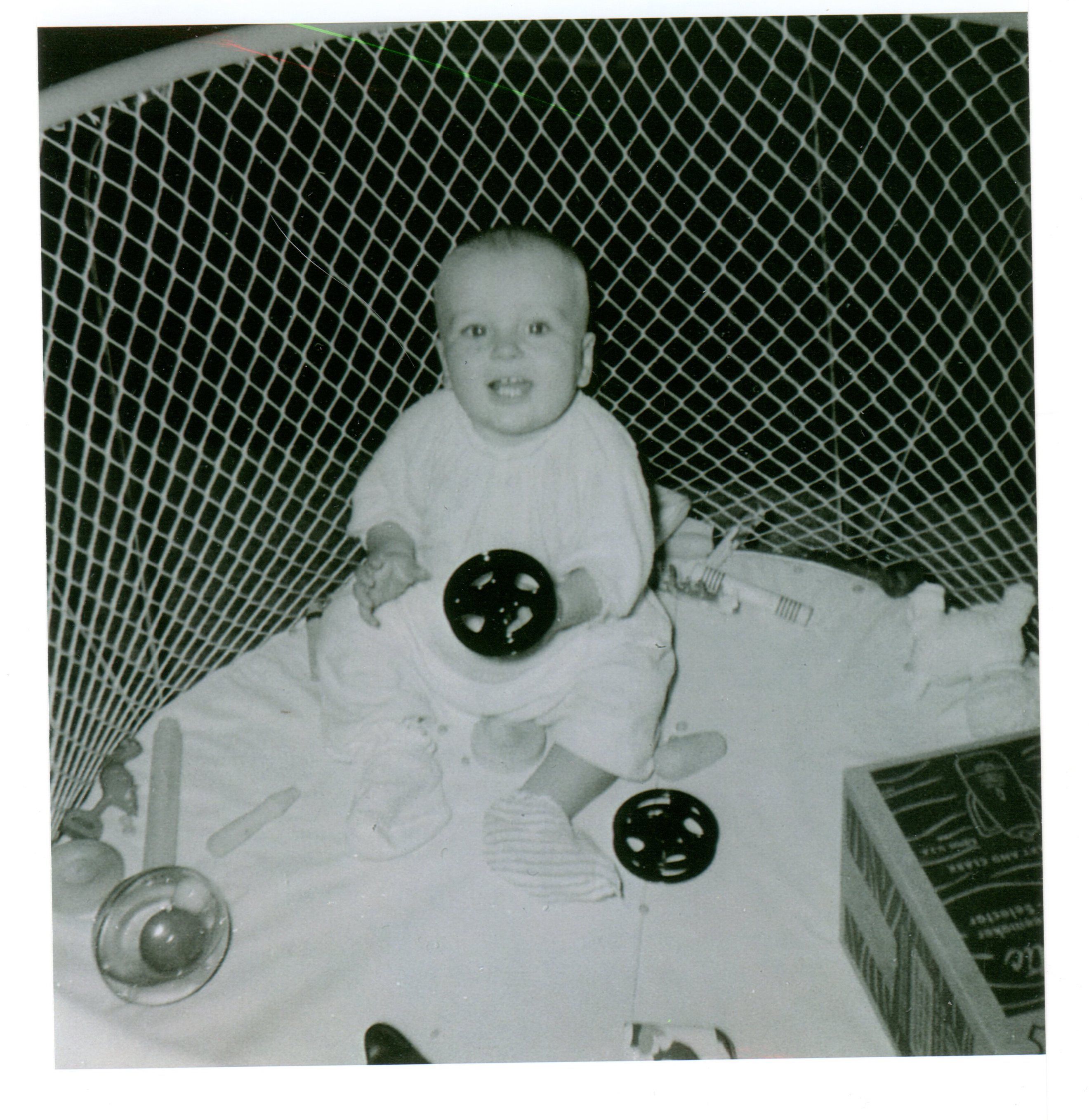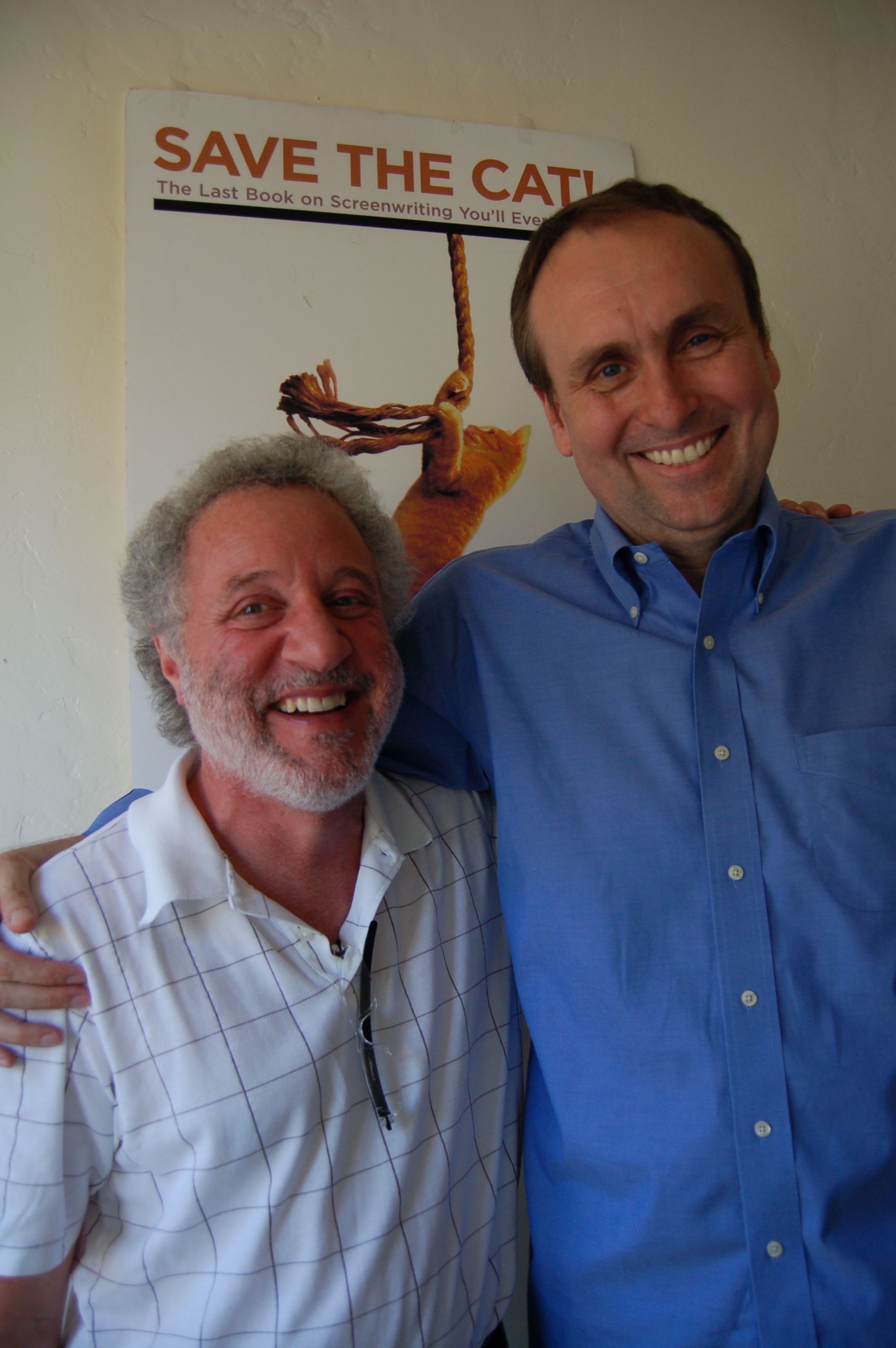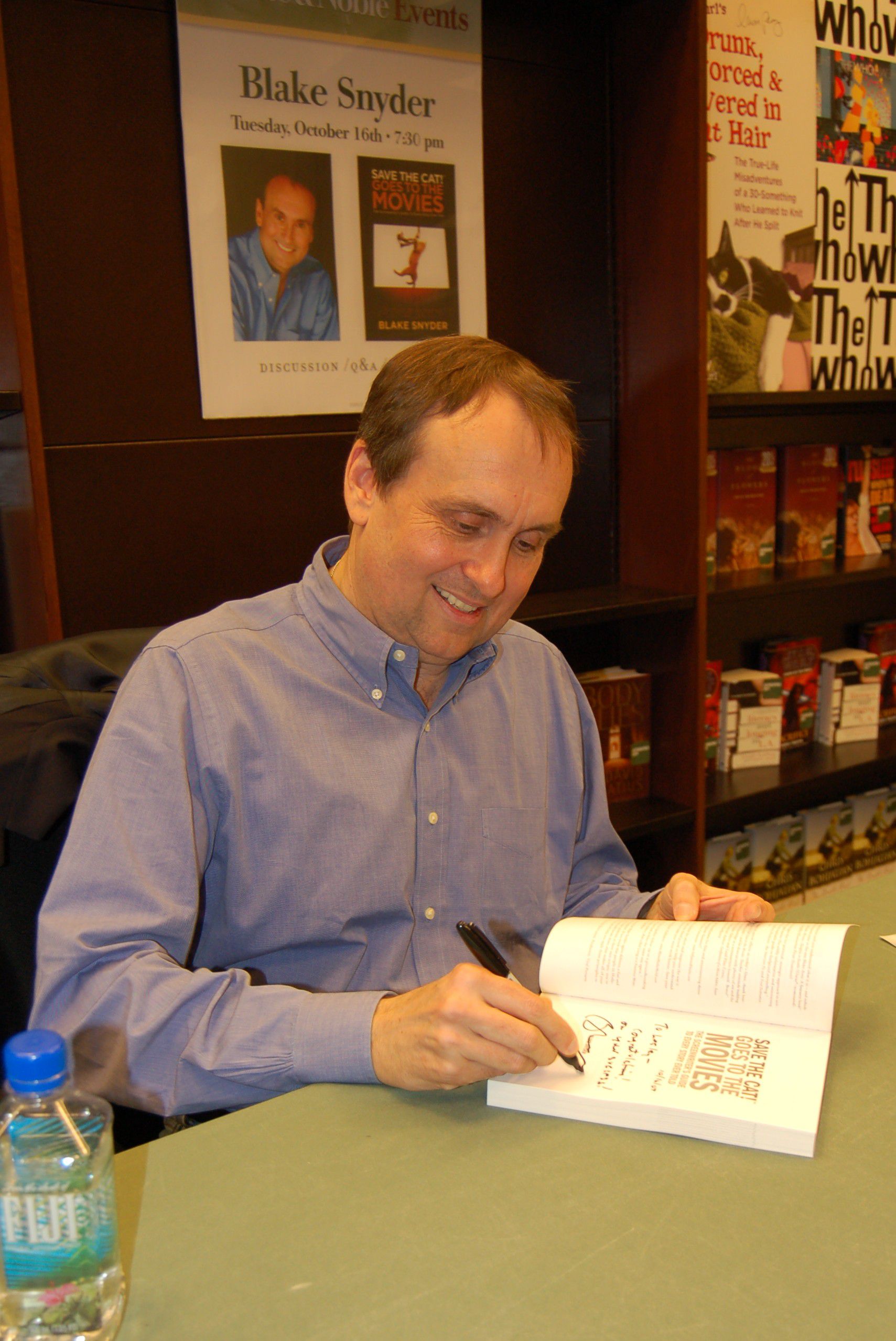Hollywood has been a holy grail for the world when it comes to ambitious writers and their distinguished screenplays. With this, the entertainment business has managed to produce hundreds of inspirational films that inspired people from all forms of art. Some writers, however, gave a lot to the industry but stayed out of the spotlight (as much as they could). One could argue it to be profane how so much of their endeavors went underappreciated and loosely credited. One of those few humble and intelligent writers was Blake Snyder. With his extensive work and time in Hollywood, he not only made brilliant scripts but also passed on his knowledge to the other aspiring writers, more than anyone ever could. Marking the 10th year from his death, this article celebrates the 20-year-old illustrious legacy of Blake Snyder and how it inspired thousands of writers in all walks of life (aside from just film/tv) working today.
What do we know about Blake Snyder?
 Blake Jamieson Snyder was born on October 3, 1957, to an Emmy winning TV producer Kenneth C.T. Snyder. The works of his father included Hot Wheels and Roger Ramjet, both regarded as cult classics in the community.
Blake Jamieson Snyder was born on October 3, 1957, to an Emmy winning TV producer Kenneth C.T. Snyder. The works of his father included Hot Wheels and Roger Ramjet, both regarded as cult classics in the community.
Blake started early on in the entertainment industry. At the age of just eight, he was working as a voice artist for an animated feature. It was this exposure that heavily inspired Blake into the art of making and telling a compelling story.
This motivation took Blake to such a peak of brilliance that he managed to become a prominent mentor in the film industry. Over the course of his career, he conducted multiple international seminars, workshops and a consultant for Disney and DreamWorks.
How successful is Blake Snyder?
 With so much intelligence in his domain, success came with no limitations to Blake Snyder. As a professional screenwriter, Blake sold 13 original screenplays to various production companies, making him “one of Hollywood’s most successful spec screenwriters”, as quoted by the Hollywood Reporter.
With so much intelligence in his domain, success came with no limitations to Blake Snyder. As a professional screenwriter, Blake sold 13 original screenplays to various production companies, making him “one of Hollywood’s most successful spec screenwriters”, as quoted by the Hollywood Reporter.
His commercial work included Blank Check, co-written with Colby Carr for Walt Disney Pictures. Nuclear Family, co-written with James Haggin for Steven Spielberg/Amblin Entertainment (went unproduced) and most notably “Stop or My Mom Will Shoot”, which starred Sylvester Stallone.
Commercially, he had a total of 2 million-dollar script sales.
But the most celebrated work that he himself was more proud of than anything else, was his critically acclaimed book, Save the Cat!. Published in 2005, “Save the Cat! The Last Book on Screenwriting You’ll Ever Need” came out to be one of the most promising books ever written for upcoming ambitious screenwriters. The creation of this book found its way into almost every writer’s room, meeting rooms and institutions. For more than 14 years, this has been the best screenwriting book on Amazon.
He released two other sequels to the original book. Namely, “Blake: Save the Cat! Goes to the Movies The Screenwriter’s Guide to Every Story Ever Told (2007)” and “Save the Cat! Strikes Back More Trouble for Screenwriters to Get into… and Out of (2009)”. These two books not only added more value to the original book but also enabled Blake to fully extend his knowledge and expertise to new screenwriters around the world.
What is unique about Blake’s work?
 While most screenwriting books followed the same pattern of long repeated textbooks, which provided a mediocre understanding of the actual craft, Blake Snyder wrote his books in a manner that directly influenced screenwriters. By having an unconventional way of mentoring, Blake Snyder could easily stem down a concept into a writer’s mind, without the use of lengthy and pretentious paragraphs.
While most screenwriting books followed the same pattern of long repeated textbooks, which provided a mediocre understanding of the actual craft, Blake Snyder wrote his books in a manner that directly influenced screenwriters. By having an unconventional way of mentoring, Blake Snyder could easily stem down a concept into a writer’s mind, without the use of lengthy and pretentious paragraphs.
He was one of the few writers that asserted the identification of 15 story beats that make up a well-written story. It not only enabled writers to properly time, pace and map out their stories, this concept also made it easier for writers to put their stories in a specific genre.
For Blake, movies were that art form that moved and motivated him into further exploration of the craft. This obsession not only made him watch and analyze hundreds of films but also made him listen to audiotapes of various critically acclaimed screenwriters, on which they shared their most important knowledge about writing.
Certain facts make one unable to fully comprehend the passion and drive Blake had for his work. Every memorial and celebration is hence, futile.
Has Blake faced any Tragedies?
 Even though his work was second to none, not all of his work was bought. He wrote plenty but was able to sell incredibly few. The scripts that did make it to the table, never actually had any work done and remained unproduced. Seeing his years of efforts coming to dust wasn’t easy for a man like Blake, who did everything with fullest of himself. But that was the life he chose and lived it well, even after such rough complications.
Even though his work was second to none, not all of his work was bought. He wrote plenty but was able to sell incredibly few. The scripts that did make it to the table, never actually had any work done and remained unproduced. Seeing his years of efforts coming to dust wasn’t easy for a man like Blake, who did everything with fullest of himself. But that was the life he chose and lived it well, even after such rough complications.
What Blake had planned for “Save the Cat!”?
 Blake was constantly at the wheel to do more with the “Save the Cat!” series by bringing even more insight and valuable techniques to the screenwriters. Even though he always looked forward to conducting seminars and workshops, his primary focus always rested on his books. Unfortunately, time wasn’t on his side and he left way too soon than anyone imagined.
Blake was constantly at the wheel to do more with the “Save the Cat!” series by bringing even more insight and valuable techniques to the screenwriters. Even though he always looked forward to conducting seminars and workshops, his primary focus always rested on his books. Unfortunately, time wasn’t on his side and he left way too soon than anyone imagined.
But his legacy is still kept alive by screenwriters who were brought up Snyder’s mentoring. Ever since his passing, two books have been released in the “Save the Cat!” series written by two screenwriters that took extensive inspiration from Blake’s work. The books are named “Save the Cat! Goes to the Indies The Screenwriter’s Guide to 50 Films from the Masters by Salva Rubio (2017) ” and “Save the Cat! Writes a Novel The Last Book on Novel Writing You’ll Ever Need by Jessica Brody (2018)”.
Does Blake have any words of wisdom to share?
He always had one message for all writers, “It’s easy. You can do this!”. This was exactly the motivation behind making “Save the Cat!”, making something so daunting and hard seem easy and welcoming.
How is Blake’s work making the world a better place today?
 Blake’s extensive work into researching and teaching screenwriting through various mediums is the testament to the fact that Blake wanted every aspiring screenwriter to pursue their dream of becoming a screenwriter. He never worked a single minute for personal finances. It was simply the opportunity of spreading knowledge from life to people around that inspired Blake to keep creating content for the masses. “By helping you win, I win too. We all do. And that is the only way to become not only a better writer, but to make the world a better place.” Written by Blake in his first blog on December 9, 2005.
Blake’s extensive work into researching and teaching screenwriting through various mediums is the testament to the fact that Blake wanted every aspiring screenwriter to pursue their dream of becoming a screenwriter. He never worked a single minute for personal finances. It was simply the opportunity of spreading knowledge from life to people around that inspired Blake to keep creating content for the masses. “By helping you win, I win too. We all do. And that is the only way to become not only a better writer, but to make the world a better place.” Written by Blake in his first blog on December 9, 2005.





